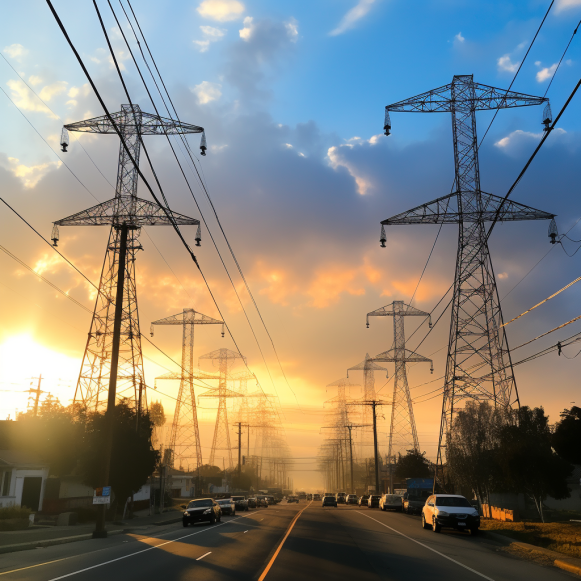PG&E customers face higher monthly bills as state panel preps ruling

Electricity and gas bills are slated to hop higher — yet again
OAKLAND — PG&E’s monthly utility bills are set to rise — yet again — as state regulators make key decisions about the power company’s upcoming revenue requirements.
That is the foreboding economic reality that PG&E customers face, who have already been shaken by steadily rising electricity and gas bills in the aftermath of a string of deadly and catastrophic wildfires that triggered the utility’s bankruptcy due to a mountain of debt and liabilities.
The state Public Utilities Commission is expected to make a final decision on PG&E’s general rate case on Thursday. In connection with the proceeding, which authorizes changes in the amount that PG&E can harvest in the form of customer rates and monthly bills, the five-member commission is expected to choose between two options.
RELATED: PG&E electric bills are rising faster than inflation, according to a state report
Both options have one thing in common: they will raise PG&E customers’ monthly electricity and gas bills.
“PG&E’s GRC (general rate case) application for 2023-2026 claims that it needs to make several changes to ensure the safety and reliability of its energy services,” the California Public Utilities Commission stated in a blog post.
“The top drivers of PG&E’s proposed increases are inflation and significant investments in undergrounding electric lines to decrease wildfire risk,” the Public Utility Commission (PUC) stated in its post.
The first option would raise monthly bills by $31.13 for the average residential customer who receives PG&E’s combined electric and gas services. Electricity bills would increase by $22.37 per month, while natural gas bills would rise by $8.76 per month.
PUC Commissioner John Reynolds’ alternative proposal would raise average residential monthly bills by $25.25. Electricity bills would increase by $18.59 per month, while natural gas bills would rise by $6.66 per month.
The original proposal would result in a 12.5% increase in average monthly bills for residential customers, whereas the alternate proposal would result in a 9.9% increase in monthly bills.
PG&E’s plans for extensive power line burial as a means of reducing contact between PG&E equipment and adjacent trees and shrubs have been harshly criticized by skeptics who believe the utility could take far less expensive approaches.
Insulating overhead power lines to keep them from contacting nearby vegetation is a less expensive option. The PUC prefers less expensive options for dealing with power lines and trees.
Oakland-based PG&E had petitioned the PUC to allow it to bury 10,000 miles of power lines.
Two PUC hearing officers, also known as administrative law judges, have proposed burying 200 miles of power lines. Commissioner Reynolds’ proposal calls for the burial of 973 miles of power lines.
“PG&E’s general rate case proposal focuses on continued safety improvements for our customers and hometowns,” PG&E spokesperson Mike Gazda told this news organization in an email. “More than 85% of our proposed increase in revenues is for reducing risk in gas and electric operations.”
The PG&E bill changes are set to take effect in January 2024 and will affect bills the following year, in 2025 and 2026.
Several other proposals are being considered by the PUC, and if approved, they could raise PG&E bills significantly.
Former San Jose Mayor Sam Liccardo, who has been a harsh critic of PG&E for several years, said people in the Bay Area, Northern California, and Central California have a right and a duty to demand oversight on how PG&E spends the money it collects from its customers.
“We need greater accountability for how PG&E spends money, and we need to ensure that the money is spent in ways that benefit PG&E customers, not PG&E executives and shareholders,” Liccardo said in an interview with this news organization. “Ratepayers have a right to ask what’s in it for us.”






